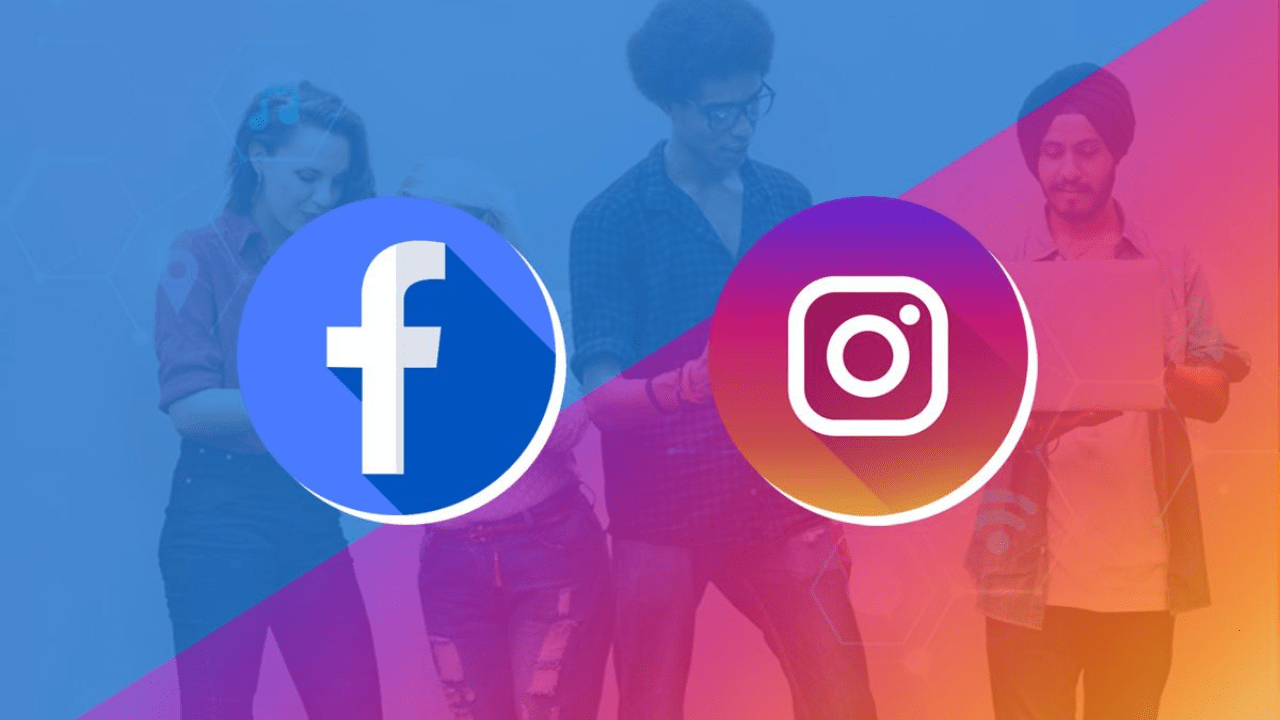Social media advertising has transformed how businesses connect with their audience. Among the most powerful platforms for digital advertising are Facebook and Instagram. With millions of active users daily, these platforms offer unmatched opportunities to grow your brand. But knowing how to advertise on Facebook and Instagram effectively is key to achieving your marketing goals.
In this guide, we’ll explore the step-by-step process of creating successful ads, strategies to maximize performance, and tools to optimize your campaigns.
Why Advertise on Facebook and Instagram?
Facebook and Instagram are leading platforms for social media marketing, offering businesses a way to reach a wide, engaged audience.
- Massive Reach: With billions of active users, these platforms allow businesses to target virtually any demographic.
- Advanced Targeting Options: Leverage data to target audiences based on age, location, interests, and behaviors.
- Cost-Effective: Flexible budgeting options make advertising accessible to businesses of all sizes.
- Engaging Ad Formats: Choose from diverse formats like images, videos, carousels, and Stories.
Getting Started with Advertising on Facebook and Instagram
Before launching your ads, set up the necessary tools and accounts.
1. Create a Meta Business Account
Meta (formerly Facebook) manages ads for both Facebook and Instagram. A Meta Business Account is essential for accessing advanced tools.
- Go to Meta Business Suite.
- Link your Facebook Page and Instagram profile to your account.
2. Define Your Goals
Clarify what you want to achieve with your campaigns:
- Increase brand awareness.
- Drive website traffic.
- Generate leads.
- Boost sales.
Step-by-Step Guide to Advertise on Facebook and Instagram
Step 1: Access Ads Manager
Ads Manager is Meta’s platform for creating and managing ads. Access it through your Meta Business Suite.
Step 2: Choose Your Campaign Objective
Meta provides several campaign objectives, categorized into three goals:
- Awareness: Ideal for increasing brand recognition.
- Consideration: Drive traffic, engagement, or app installs.
- Conversions: Focus on sales or specific actions.
Step 3: Set Your Target Audience
One of the biggest advantages of advertising on Facebook and Instagram is advanced audience targeting.
- Demographics: Age, gender, location, and language.
- Interests: Hobbies, activities, and pages liked.
- Behaviors: Online shopping habits, device usage, and travel patterns.
- Custom Audiences: Retarget users who have interacted with your business.
- Lookalike Audiences: Target users similar to your existing customers.
Step 4: Select Your Ad Placement
Meta offers automatic placements or manual options, including:
- Facebook Feed
- Instagram Feed
- Facebook Stories
- Instagram Stories
- Messenger
Step 5: Set Your Budget and Schedule
- Daily Budget: Amount spent per day.
- Lifetime Budget: Total amount spent over the campaign’s duration.
- Schedule ads for specific dates and times to align with audience activity.
Step 6: Create Your Ad
- Format Options:
- Single image.
- Carousel (multiple images or videos).
- Video ad.
- Slideshow.
- Compelling Copy: Write engaging headlines and captions.
- Call to Action (CTA): Use clear CTAs like “Shop Now,” “Learn More,” or “Sign Up.”
Step 7: Review and Launch
Check your ad settings, preview the ad, and click “Publish” to launch.
Best Practices to Advertise on Facebook and Instagram
1. Use High-Quality Visuals
Visuals are the first thing users notice. Use sharp, professional images and engaging videos.
2. Write Engaging Captions
Keep your captions short, clear, and action-oriented. Highlight benefits and include CTAs.
3. Test Multiple Variations
Run A/B tests with different visuals, headlines, and CTAs to identify what works best.
4. Leverage Stories
Stories are highly engaging and offer full-screen ad placements. Use dynamic content to capture attention quickly.
5. Retarget Your Audience
Use retargeting ads to reconnect with users who visited your website or engaged with your content.
Measuring the Success of Your Ads
To improve your campaigns, analyze performance metrics using Ads Manager.
- Reach: Number of people who saw your ad.
- Engagement: Likes, shares, and comments.
- Click-Through Rate (CTR): Percentage of users who clicked on your ad.
- Conversion Rate: Percentage of users who completed a desired action.
- Cost Per Result: Cost for each action, like a click or sale.
Common Mistakes to Avoid
- Ignoring Mobile Optimization: Most users access Facebook and Instagram on mobile. Ensure your ads are mobile-friendly.
- Overlooking Audience Targeting: Poor targeting results in wasted budget. Refine your audience settings.
- Using Poor Visuals: Low-quality images or videos reduce ad effectiveness.
- Skipping Analytics: Regularly review performance metrics to optimize campaigns.
Tools to Enhance Your Advertising Strategy
- Canva: For creating professional ad visuals.
- Hootsuite: To schedule and manage posts alongside your ads.
- Google Analytics: Track website traffic from your ads.
- Retargeting Tools: Use Pixel to create custom and lookalike audiences.
Conclusion
Advertising on Facebook and Instagram is a powerful way to grow your brand and reach your audience. By following the steps outlined above and using advanced targeting features, you can create impactful ads that deliver real results.
Start experimenting, optimize your campaigns, and take full advantage of these platforms to achieve your marketing goals.
Related Articles:
For further reading, explore these related articles:
- How to Add Music to Facebook Profile: Easy Steps Explained
- How to Add Reels in Instagram: Easy Tips for Engagement
For additional resources on music marketing and distribution, visit Deliver My Tune.






